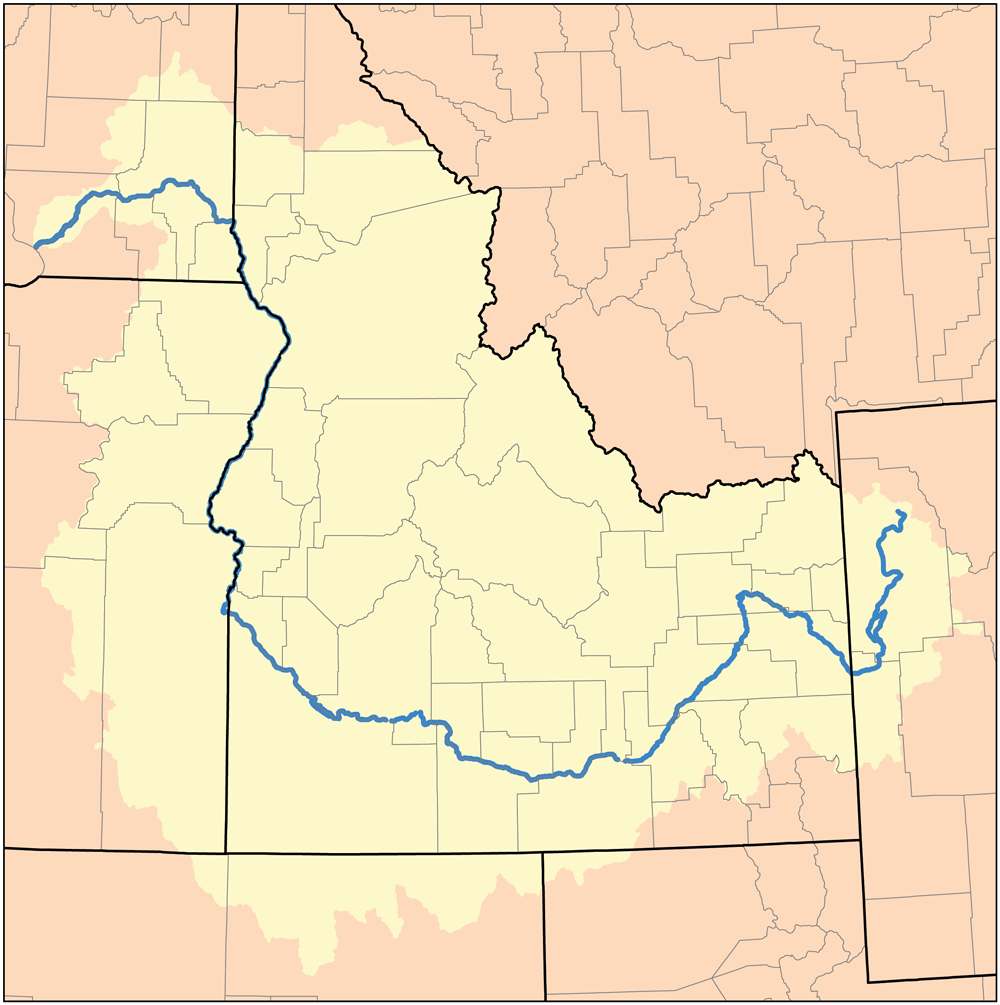 Image via Wikipedia
Image via Wikipedia
If ever there were a story that foreshadowed the political and legal Waterloos that loom in seeking solutions to climate change, surely that cautionary tale is the one about the Columbia and Snake rivers' salmon and their imminent extinction. And like most stories about endangered species or environmental threats, this one is not only about fish and rivers -- it's about us.
The policy deadlock that has resulted from the debate among stakeholders along the Columbia and the Snake -- aluminum smelters, the Bonneville Power Administration, politicians, Indian tribes, states, conservation groups, fishermen, barge operators, agribusiness and wheat farmers -- has flushed billions of taxpayer dollars out to sea over the last 15 years while doing very little to prevent 13 endangered salmon stocks from going extinct. . . .Throughout this stalemate, fish counts have continued to fall, and the underlying science is clear: In river after river where dams have been removed, native fish populations have rebounded and thrived. As the government's former chief aquatic biologist, Don Chapman, concluded, dam removal is the most effective strategy for saving endangered native fish stocks from extinction.
This was the conclusion reached by the Idaho Statesman newspaper back in 1997 after it conducted a yearlong study of the Snake River dams. The paper reported that the economic benefits of a healthy fishery -- and the resultant tens of thousands of jobs -- would swamp the benefits of leaving the dams in place. . . .
If the law and science are unable to trump politics to save this fishery -- a fishery that was the most productive in the world just two generations ago -- how will we ever meet the towering challenges posed by global climate change?

![Reblog this post [with Zemanta]](http://img.zemanta.com/reblog_e.png?x-id=ad085a72-e9ea-4db6-86b5-8d51632f334d)




No comments:
Post a Comment